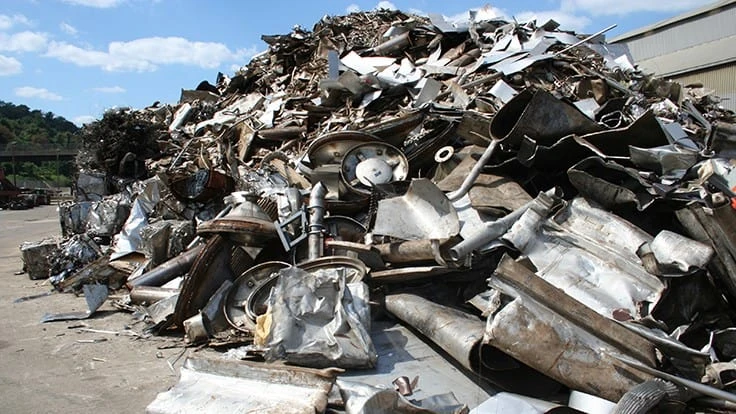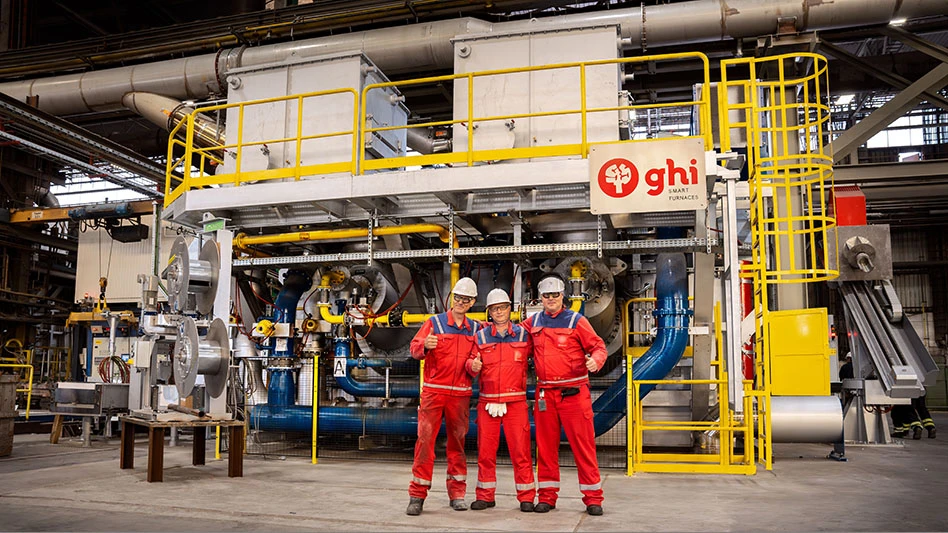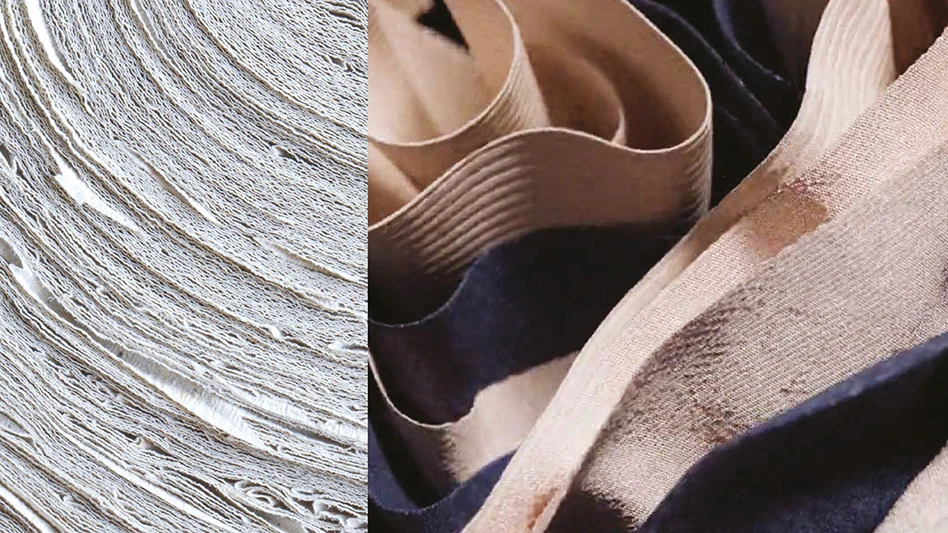
According to MEPs, which cites its monthly "Stainless Steel Review," global crude stainless steel production this year is expected to be 47.2 million metric tons, which would represent a 10 percent decrease compared with 2019. COVID-19 control measures are responsible for the decline, according to the U.K.-based supplier of steel market data and information, which would be in contrast to four consecutive years of growth.
Worldwide stainless steel production declined nearly 6 percent, year on year, in the first quarter, with MEPS saying that restrictions applied by national and local governments were most strict from April to June. The firm says it estimates that global production was nearly 20 percent lower than for the same three months in 2019.
Following shutdowns for the traditional summer holidays, MEPS says a gradual increase in activity is expected in Europe among stainless steelmakers.
“In the United States, output is estimated to have fallen substantially in the second trimester of 2020,” according to MEPS. “A slow recovery is expected, but this may be hampered by the continuing spread of the coronavirus in that country.”
India also likely will see a substantial decrease in its stainless steel production in the second and third quarters in light of its severe lockdown measures, according to MEPS analysis.
In areas of the world that contended with the pandemic earlier this year, MEPS predicts production recovering before year-end. It expects China’s output to reach near prepandemic levels by that time, while South Korea and Taiwan also are expected to produce at rates similar to those seen in 2019.
Commentary from members of the Stainless Steel and Specialty Alloys Committee of the Bureau of International Recycling (BIR), Brussels, also point to ongoing COVID-19-related issues that are affecting the stainless steel supply chain.
In the July edition of the BIR’s “World Mirror: Stainless Steel and Specialty Alloys,” Joost Van Kleef of Oryx Stainless B.V., based in the Netherlands, and chairman of the BIR Stainless Steel & Special Alloys Committee, writes, “The European stainless steel industry is continuing to suffer under the impact of COVID-19.”
He writes that while demand has recovered from its lowest levels in March and April, “overall European demand is not expected to exceed perhaps 70 percent of prepandemic levels and any recovery will take significantly longer than many anticipate--with some leading market analysts forecasting this to be 2023.”
Ruggero Ricco of Italy’s Nichel Leghe S.p.a., also writing in the “World Mirror,” states, “Italy’s three main stainless steel mills have suffered a significant loss of sales volumes and, as a consequence, there has been an equally steep drop in their demand for stainless steel scrap. Tension in the domestic scrap market can also be ascribed to reduced production owing to the crisis and the resulting drop in generation; increases in the prices of raw materials that are not valued in the scrap price, encouraging speculative behavior among those holding the scrap; demand for some types of scrap (AISI 304 and 316) but not others (AISI 430); and a flattening of prices in Europe which prevents scrap imports into Italy.”
Van Kleef mentions concerns about the effect of stainless steel imports on the European market. “An increasing volume of stainless is being produced outside the EU and imported into this market. The latest development within Taiwan should be seen as a warning sign whereby some market participants have just shut down their furnaces and are importing stainless slab instead from Indonesia; in other words, an environmentally friendly product made from stainless scrap is replaced by one which entails a significantly higher volume—perhaps around five times higher—of carbon dioxide emissions.”
Van Kleef refers to customs statistics that point to Indonesian hot coils and products having nearly 33 percent of the Taiwanese stainless coils market, which Vegas Yang of HSKU Raw Material Ltd., Taiwan, and Mahiar R. Patel of Cronimet, who is based in Singapore, note in their report in the “World Mirror.”
Andre Reinders of Nimomet LLC writes that mills in India are producing at 60 to 80 percent of capacity. “However, as India is still reliant on imported stainless scrap, availability of which has been reduced owing to global shutdowns, Indian demand is still relatively strong,” he adds.
Yang and Patel note potential issues for companies that are supplying scrap to Indian mills. They say such companies are having difficulties obtaining credit insurance “because insurers do not want to take the risk. This adds to the supplier’s risk of shipping scrap to India.”
In the Middle East, Omar Al Sharif of Sharif Metals Int'l. LLC writes in the “World Mirror” that chrome and nickel prices are up nearly 10 percent from late March and early April. “Raw material prices have been supported by supply cutbacks and issues with supplying both chrome and nickel to consumers following the implementation of lockdowns in various countries. But with lockdowns now being eased, raw material prices are likely to weaken as the year progresses, particularly since demand has shrunk and is likely to remain subdued,” he adds.
Latest from Recycling Today
- ReElement, Posco partner to develop rare earth, magnet supply chain
- Comau to take part in EU’s Reinforce project
- Sustainable packaging: How do we get there?
- ReMA accepts Lifetime Achievement nominations
- ExxonMobil will add to chemical recycling capacity
- ESAB unveils new cutting torch models
- Celsa UK assets sold to Czech investment fund
- EPA releases ‘National Strategy to Prevent Plastic Pollution’





